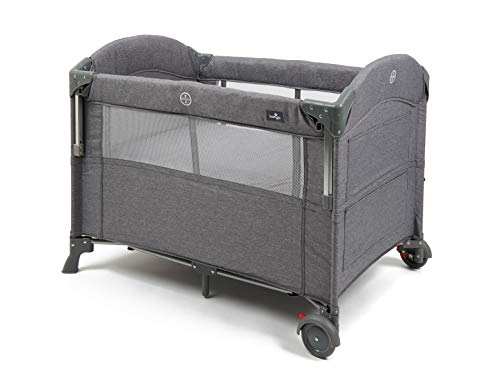How to Choose a Sale Cot
Mortuary Cots are an important piece of equipment used in funeral homes and hospitals. They enable staff to transport bodies safely and with respect. They provide a respectful and comfortable resting place for an individual.
COTS items play a critical role in the federal market however they aren't easy to manage. This blog will explain how COTS items are incorporated into GSA schedules, and other regulations for government procurement.

Cost-effectiveness
The use of commercial-off-the-shelf (COTS) products allows procurement agencies to gain efficiencies by purchasing items that are readily available from the marketplace. This helps reduce development time and also the life-cycle cost. It also allows procurement agencies to reap the benefits of technological advances and industry knowledge.
However, it is important to keep in mind that COT designations are subjective and different entities may have different lenses to define what is an actual COTS item. This could be a problem for manufacturers who rely on a consistent method to calculate precise prices for government. For instance, wholesalers or GPOs often have a list of COT items that are not in line with the list used by manufacturers to calculate prices for government. A well-documented SOP and a COTS reference library are critical components in implementing an efficient and consistent method for assigning COTs.
Reliability
A sale cot is an essential purchase for mortuary services. click through the next page should be reliable and sturdy enough to withstand high-use. It should also be easy to move and set up. In the event of any problems after purchase the manufacturer must provide excellent customer service. Also, get feedback from your staff before making the final decision. They are the ones who use the cots and can tell you if it is sturdy and reliable.
Wholesalers and GPOs typically assign COT designations that do not match the manufacturer that supplies the list. This is a result of a variety of factors, such as changing business models, mergers, and acquisitions. This presents challenges for the consistent application of a subjective lens to classify COTS.
Durability
Durability is key for sale cots since they must be able to stand up to frequent and heavy transport. Many funeral homes utilize these cots to display body remains, therefore they need to be able to withstand the weight of the casket as well as other items placed on top of them. Cots should also be resistant to rust and have solid construction that is easy to assemble and take apart. It is crucial to select a company that provides customer service and is able to assist with any issues that may arise following the purchase.
Solid wood cots make the best baby furniture, because they're durable and less likely to be contaminated with toxic chemicals or off-gassing compared to composite materials such as MDF or Chipboard. They're also more attractive than cheaper alternatives.
If you're looking for a cot that can double as a lounger, the Westport design from Silver Cross might be the ideal choice for you. It's constructed of sturdy material and comes with three different levels of height for babies growing. The instructions can be confusing but once you've got it together the cot will serve your family well.
The Helinox Cot One may be the lightest cot available, however it's not as durable as other models that we test. It's also more difficult to assemble, as it comes with a lot of parts. It's a comfortable cot, and an excellent option for backpackers. It's also 14 oz lighter than Thermarest Luxury Lite and Sleep Rite.
Safety
If you offer cots, it is important that they comply with the safety standards. This is a crucial step to avoid injuries to children and death. This can be done by asking your supplier if their products have been tested independently. Request them to provide you with a copy of the results. You can also schedule your own tests.
No matter if you're buying new or second hand it's crucial to make sure your cot is safe before allowing your baby to sleep in it. Look for a certificate of conformity from the manufacturer, and detailed labels and warnings. It must also be free of any sharp edges, protrusions or gaps that could trap a child's finger or leg. There should be no footholds a child could use to get out of the cot.
Make sure the mattress of a cot is clean and flat. It should be able to fit comfortably without any gaps. The bottom edge of the rail should not be higher than 30 mm from the base of the mattress. If the cot's base is adjustable, ensure it is set to the lowest position.
Verify that the slats as well as filler bars are securely secured, and do not have any tiny holes that could trap clothing. Nuts, bolts and corner posts shouldn't be more than 5mm from the ground to stop a child from getting their fingers caught. Also, make sure the crib is free of loose blinds and curtains that can be grabbed by small hands.
Finally, look for a label which indicates that the cot has been evaluated to the standards required by law and is in compliance with Australian Standards AS/NZS 2172:2003 Cots for household use-safety requirements. This is the only way to be sure that the cot you're buying is safe and suitable for sleep. It is illegal for second-hand stores and antique stores to sell antique cots which don't come with certificates and labels.
Accidents occur, even though manufacturers and designers strive to ensure that their products are safe. Older cots that were used by children may not be safe standards and may cause being suffocated or ingestion of foreign bodies.
